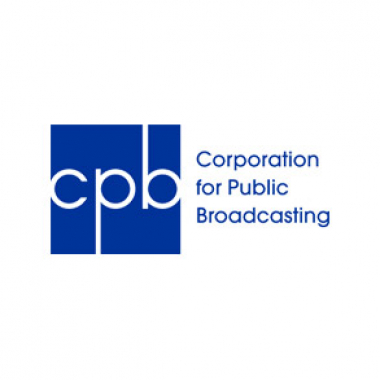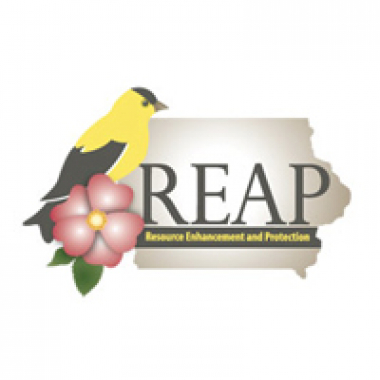The Unique Pollination System of the Swamp Milkweed
Dr. Thomas Rosburg, professor of ecology and biology at Drake University, describes the unique pollination and seed dispersal method of the swamp milkweed.
Maxwell
Iowa Core Standard
4-LS1-1
Construct an argument that plants and animals have internal and external structures that function to support survival, growth, behavior, and reproduction
Driving Question
- Why does a milkweed have a complicated/specific dispersion process?
Probing Questions
- How do the structures of the milkweed enable it's survival, growth, and reproduction?
- Why would a monarch butterfly visit the milkweed?
- How does the swamp milkweed attract butterflies?
- How does the structure of the milkweed and the structures of the butterfly compliment each other?
Classroom Suggestions
Students could:
- Use one or more of the lessons from the Iowa Land and Sky: Iowa Plant and Animal Reproduction Storyline.
- Compare and contrast the structures of the various milkweeds that attract butterflies.
- Identify the feature(s) the swamp milkweed possesses and how that effects the probability of the milkweed reproducing.
- Construct an argument from evidence that supports that the structure of the monarch butterfly is suitable for pollination of the swamp milkweed.
- Create a model of the structure of a swamp milkweed.
- Compare and contrast the seed structure of the swamp milkweed to other plants.
- Generate individual chart showing observations and questions about reproduction.
Resources
- PBS LearningMedia | Iowa Land and Sky: Iowa Plant and Animal Reproduction Strategies Lesson Plan:: This resource contains resources for educators including an Iowa Plant and Animal Reproduction Strategies storyline.
- University of Texas | Lady Bird Johnson Wildflower Center Plant Database: This plant database gives the scientific name, a summary, and a picture for a variety of plants.
- USDA U.S. Forest Service | Common Milkweed: Learn more about the milkweed, a map of where the milkweed is located, and explore additional websites for more information.
Contributors
Media produced for Iowa Land and Sky by Iowa PBS.
Funding for Iowa Science Phenomena Provided By









